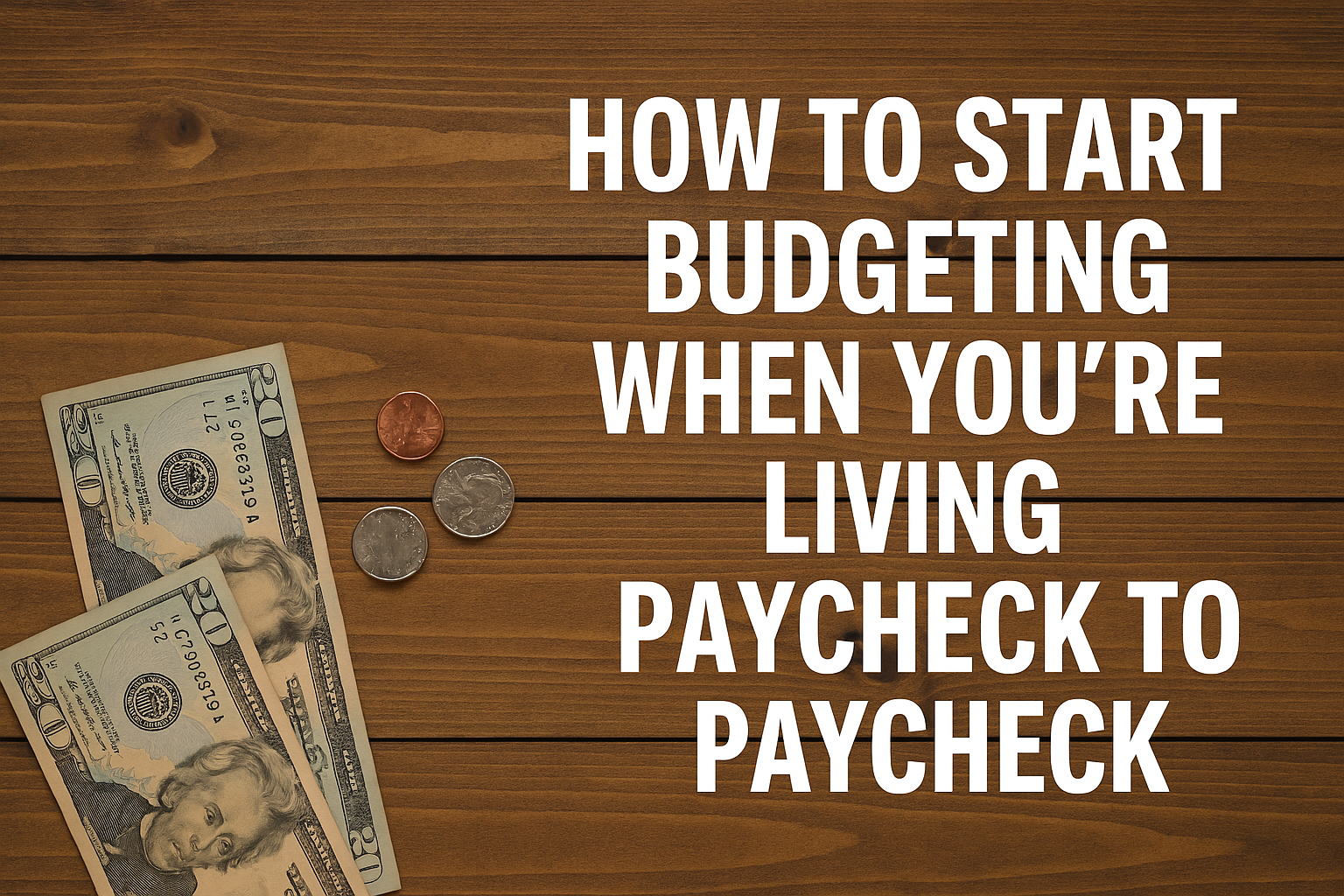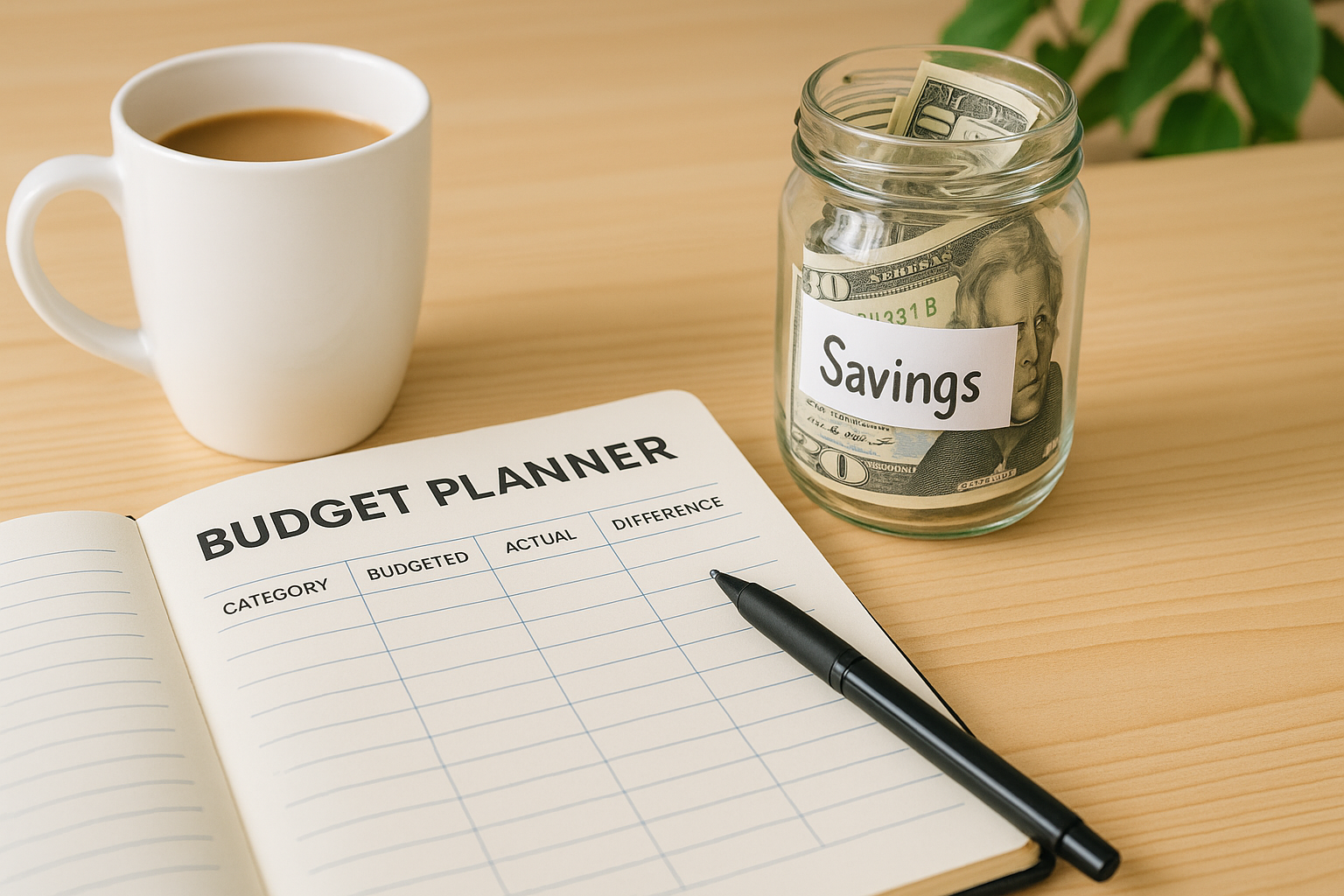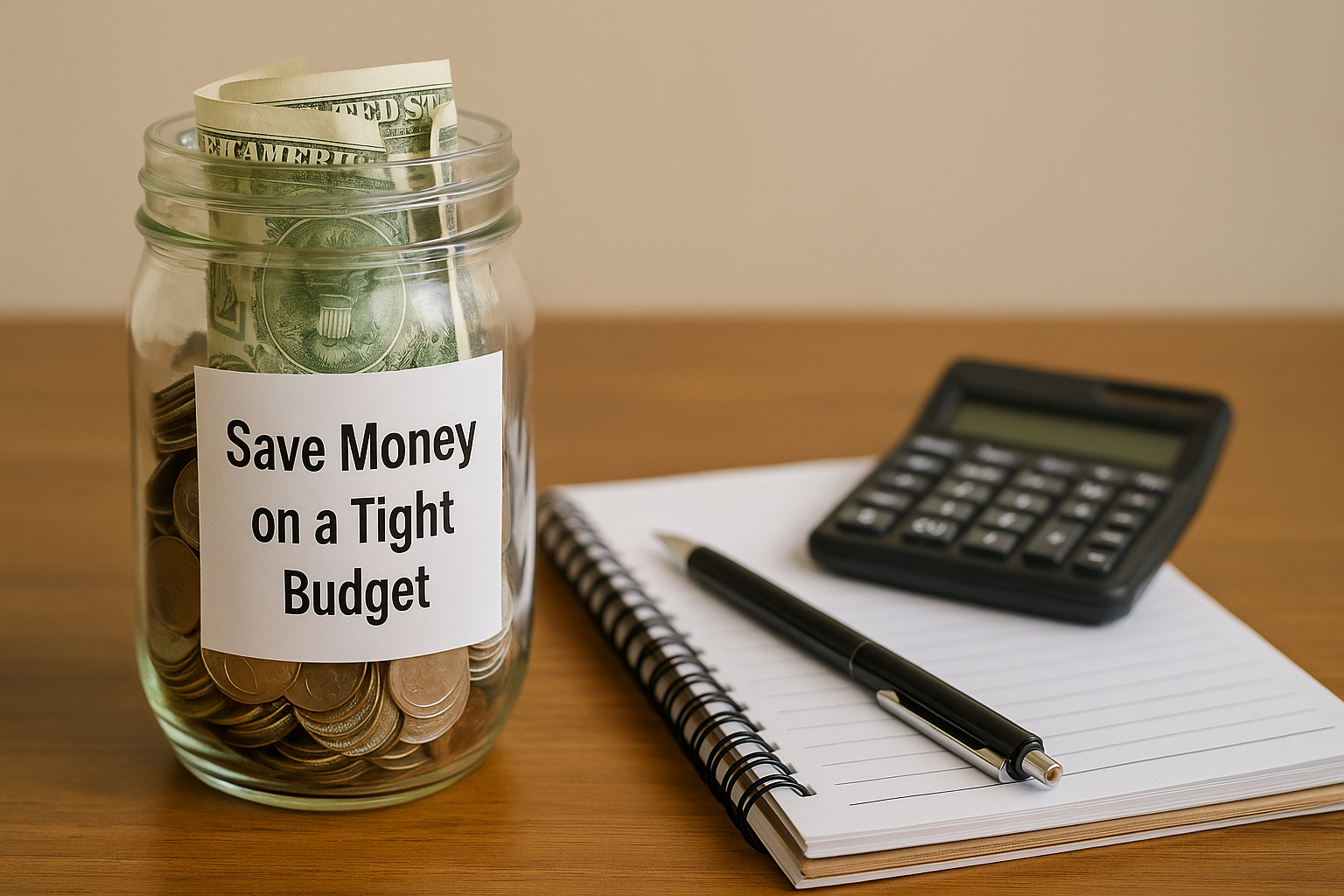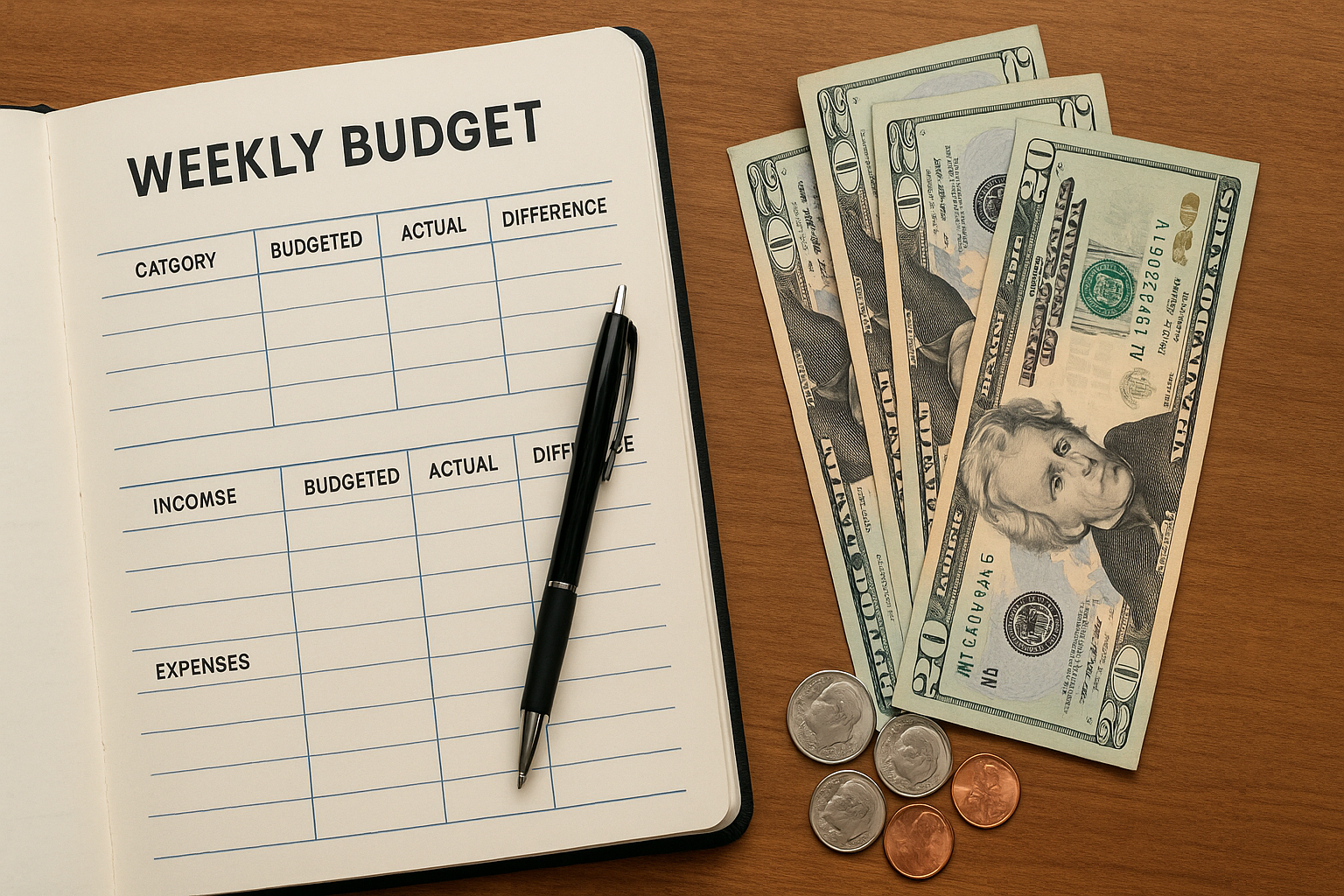How to Start Budgeting When You’re Living Paycheck to Paycheck
A 10-Step Survival Plan to Break the Cycle and Breathe Easier
Living paycheck to paycheck can feel like a hamster wheel — money comes in and vanishes just as fast. You might think budgeting won’t help until you earn more.
But here’s the truth:
Budgeting isn’t about how much you make. It’s about how you manage what you have.
If you’re tired of feeling stuck and ready to regain control, here’s exactly how to start budgeting when you’re living paycheck to paycheck — step by step.
Step 1: Shift Your Mindset
Let’s be honest: budgeting sounds stressful when your money already feels tight. But think of your budget as a plan, not a punishment.
It’s not about cutting all the joy — it’s about choosing where your money goes before it disappears.
Instead of saying, “I can’t afford that,” try:
“I’m choosing to spend on things that matter most right now.”
Step 2: Know Exactly What You’re Working With
This is the foundation. Write down:
-
Your total monthly income (after taxes)
-
Your fixed expenses (like rent, utilities, insurance)
-
Your variable expenses (like groceries, gas, subscriptions)
Use a Simple Budget Template:
| Category | Amount |
|---|---|
| Rent | $900 |
| Utilities | $150 |
| Groceries | $300 |
| Transportation | $150 |
| Cell Phone | $60 |
| Subscriptions | $30 |
| Minimum Debt Payments | $200 |
| Total | $1,790 |
Now compare that to your take-home income. Is there anything left? Are you overspending?
Step 3: Prioritize Essentials (The Bare-Bones Budget)
If you’re really tight, focus on the four walls:
-
Housing (rent/mortgage)
-
Utilities
-
Food
-
Transportation
Everything else — debt payments, entertainment, dining out — comes after these basics.
This is called a bare-bones budget, and it can be a temporary tool while you work toward stability.
Step 4: Track Every Dollar for One Month
You can’t fix what you don’t measure. Track your spending.
-
Pen and paper
-
Google Sheets or Excel
-
Free apps like Mint, YNAB, or EveryDollar
Even tracking for 30 days can show where your money is slipping away. That $5 coffee or $10 subscription might be costing you hundreds a year.
Step 5: Use the Zero-Based Budgeting Method
This system gives every dollar a job — rent, food, savings, fun, everything — until your income minus expenses equals zero.
It doesn’t mean your bank account hits zero. It just means you’ve planned for where each dollar goes.
Example:
If you bring home $2,000:
-
Rent: $900
-
Food: $300
-
Utilities: $150
-
Gas: $100
-
Debt: $200
-
Savings: $50
-
Misc./Fun: $100
-
Buffer: $200
Total: $2,000
It brings clarity — and helps you stop wondering where your money went.
Step 6: Cut the Low-Impact Stuff
Small cuts can free up space to breathe.
Easy wins:
-
Cancel unused subscriptions
-
Call to negotiate bills (internet, insurance, etc.)
-
Switch to prepaid or lower-cost phone plans
-
Eat out less (even 1–2 times a week)
Try the $10 rule: if it doesn’t improve your life by at least $10 worth of happiness or necessity, cut it.
Step 7: Build a Mini-Emergency Fund
Start small. $100. Then $500.
This cushion protects you from going into debt when the tire blows or the fridge breaks. Keep it in a separate savings account — ideally one with no fees and a little interest (like Ally Bank or Capital One 360).
Step 8: Make the Most of Every Dollar
Living paycheck to paycheck means efficiency is key. Try:
-
Using cashback apps (like Rakuten or Ibotta)
-
Buying groceries in bulk when possible
-
Shopping secondhand
-
Meal planning to avoid waste
Every little bit saved adds up.
Step 9: Tackle One Financial Goal at a Time
Don’t try to save, pay off debt, and invest all at once if you’re barely scraping by. Focus on one goal at a time, like
-
$500 emergency fund
-
Pay off high-interest debt
-
Start saving for a bigger goal
Small wins fuel big momentum.
Step 10: Review Weekly, Not Just Monthly
Money moves fast when it’s tight. Weekly check-ins help you:
-
Catch issues early
-
Adjust quickly
-
Stay motivated
Make it a Sunday routine: look at your spending, tweak your plan, and celebrate your wins — even small ones.
Final Thoughts: Start Where You Are
You don’t need a perfect job, big raise, or financial advisor to start budgeting. You just need a plan — even if it’s a scrappy one.
Progress > Perfection.
Budgeting is your way out of the cycle. And it gets easier the longer you do it. Your 3rd month will feel smoother than your 1st — just keep showing up.
Tools That Can Help:
-
Apps: Mint, EveryDollar, YNAB (free trial)
-
Books: The Total Money Makeover (Dave Ramsey), You Need a Budget (Jesse Mecham)
-
Podcasts: The Ramsey Show, Journey to Launch, Afford Anything




